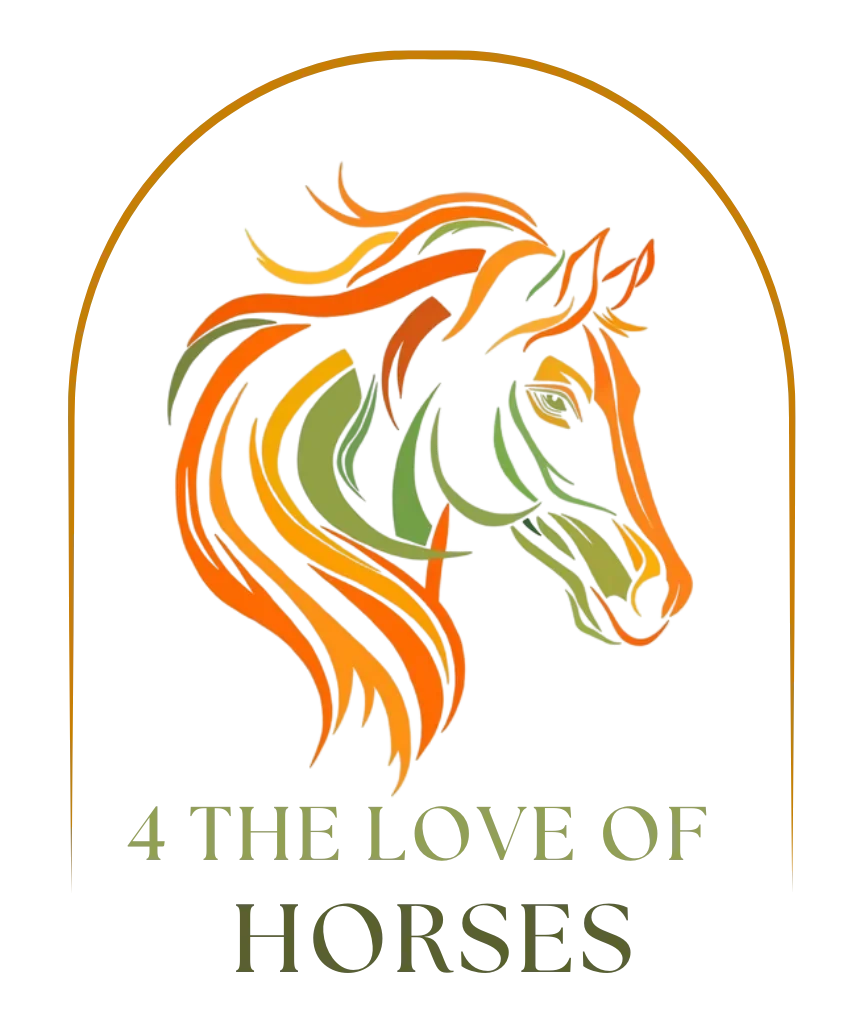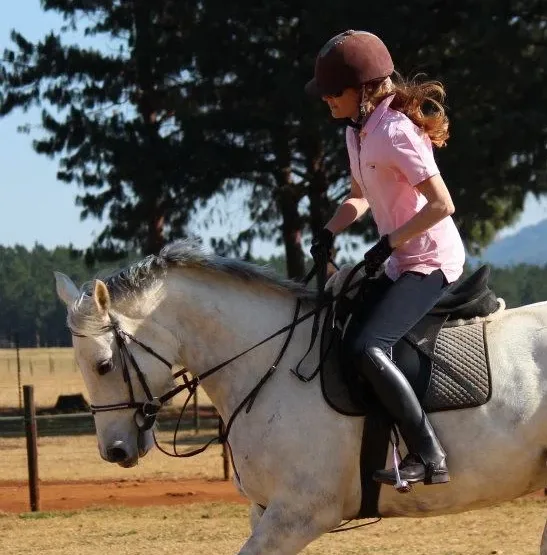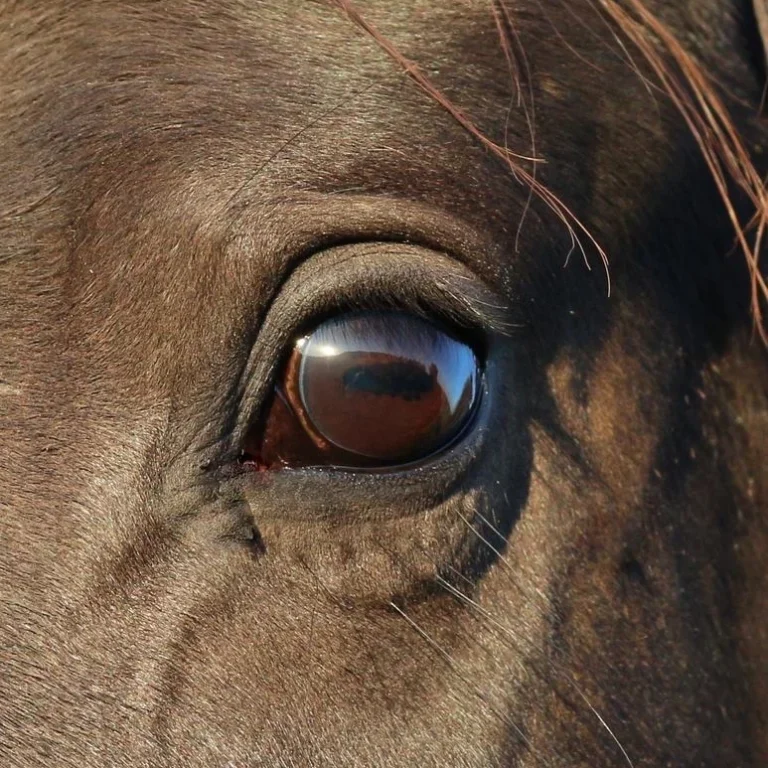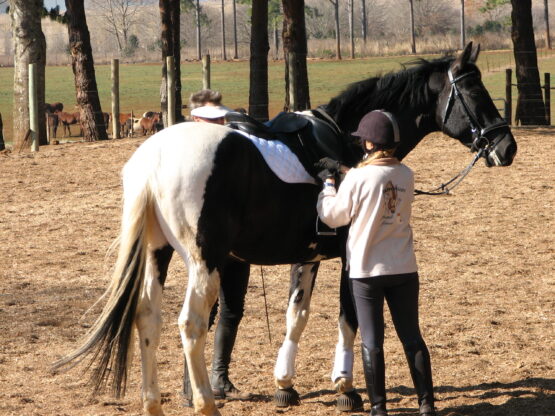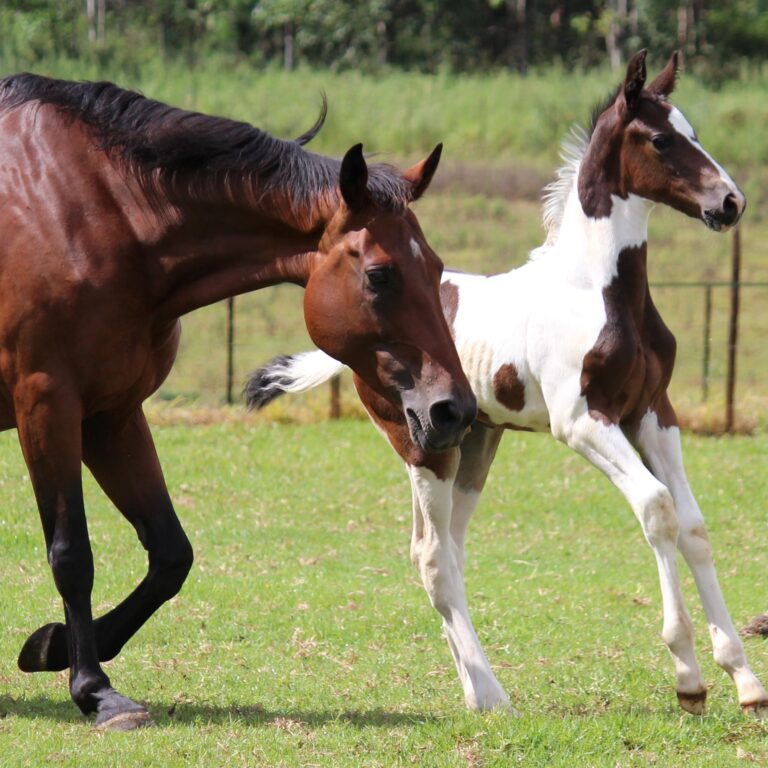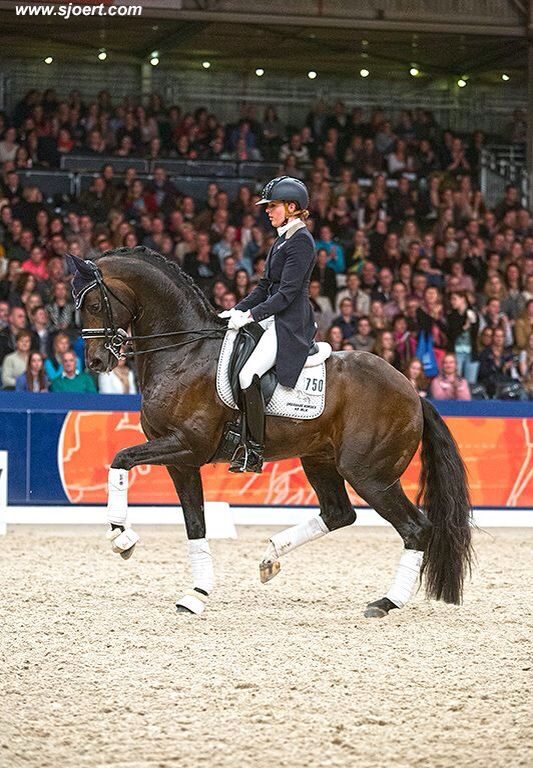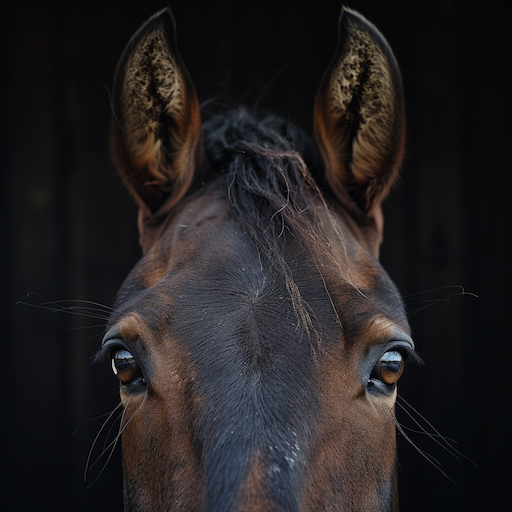The Art of Self Carriage: A Journey of Training and Development
what exactly is self-carriage?
Self carriage is a term used to describe the state of balance and poise that a horse exhibits when it is carrying itself properly, without relying on the rider’s aids. In other words, self carriage is when a horse is able to maintain its own weight in a balanced and comfortable manner, without the rider having to constantly make corrections or adjustments.
In a horse with self carriage, his back will be level and supple, his head and neck are in a natural, elevated position, and his hindquarters are engaged and carrying weight. He moves with grace, fluidity, and energy, and is able to respond quickly and easily to your aids.
Self carriage is a desirable goal in horse training, as it not only improves your horse’s overall comfort and performance, but also enhances your ability to communicate with your horse and achieve a more harmonious partnership.
When reading books about training your horse all trainers have their own definition of what self-carriage is which makes understanding the term a little easier. One explanation I particularly like comes from Piero Santini, who wrote, “In The Forward Impulse,” that once we put the trained horse into a certain gait at a certain speed the horse should maintain this until told otherwise.
When showjumping in England I would teach my young horses exactly this, once I asked for the canter they were taught not to break that canter until I specifically asked for a downward transition, they learned to open up and collect in the canter without falling into a running trot as young horses will often do.
Maintaining the canter and keeping balanced is so important in a showjumping round. They all picked this up really quickly, they were not asked to canter for longer than they were ready and fit enough to, and their fitness grew with their training.
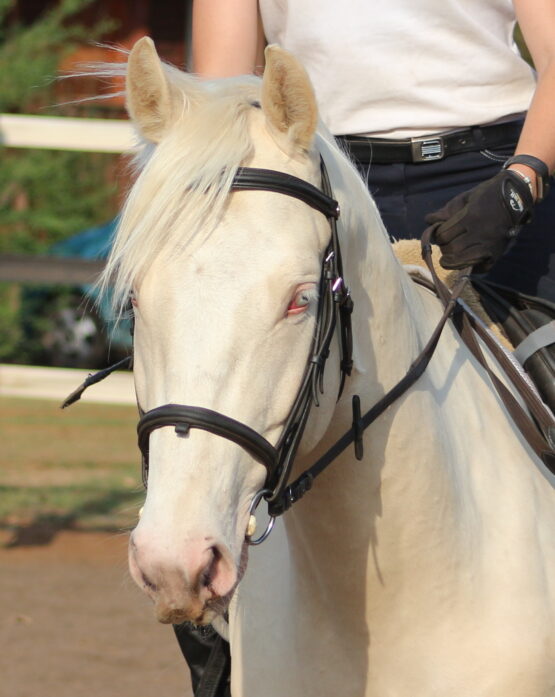
Self carriage is considered important for several reasons:
- Improved Comfort: A horse with self carriage is able to carry its own weight in a balanced and comfortable manner, which reduces stress on its muscles, joints, and spine. This can lead to improved overall health and longevity for the horse.
- Enhanced Performance: Horses with self carriage are able to move with grace, fluidity, and energy, which can enhance their performance in a variety of equestrian disciplines, from dressage to jumping to western events.
- Better Communication: When a horse is carrying itself properly, the rider can more easily communicate with the horse through their aids. This can lead to a more harmonious partnership between horse and rider, as the horse is better able to understand and respond to the rider’s requests.
- Improved Conformation: Proper self carriage can help to improve a horse’s conformation over time, by strengthening the muscles and developing the topline in a way that supports good posture and balance.
- Increased Confidence: A horse that is able to carry itself with self carriage is generally more confident and relaxed, as it is not struggling to maintain its balance or manage its own weight. This can improve the horse’s overall demeanor and make it a more enjoyable riding partner.
Better Communication
When your horse is carrying himself properly and is in self carriage, he will be more responsive to your aids. Your seat, legs, and hands are all able to communicate with him more effectively, as he is not struggling to maintain his balance or manage his own weight. This can lead to a more harmonious partnership between you and your horse, as he is better able to understand and respond to what you are asking of him.
For example, if your horse is in self carriage, you can ask for a transition from a trot to a walk simply by using your seat, without having to make a strong correction with the reins. Your horse is able to respond more quickly and accurately to these requests, as it is not struggling to maintain its balance.
Similarly, when your horse is in self carriage, you can more easily ask for more collection or extension, as he is already in a balanced and elevated position. This makes it easier for you to achieve the desired level of collection or extension, and can lead to a more harmonious and effective partnership between you both.
When your horse is in self carriage, you are able to communicate with your horse more effectively and achieve a more harmonious partnership.
In dressage, self carriage allows the horse to perform movements with greater elegance and precision, as it is able to maintain a balanced and elevated position. In jumping, self carriage allows him to take off and land more easily, as he is not struggling to maintain his balance or manage his own weight. In western events, self carriage allows him to move more smoothly and responsively, making it easier for you to achieve the desired level of control and collection.
Self carriage is so important for enhancing a horse’s performance, as it allows your horse to move with grace, fluidity, and energy, and to respond more quickly and accurately to your aids which will lead to improved results in all equestrian disciplines.
The distinction between your horse carrying himself compared to needing you to help
Self carriage refers to the state of balance and poise that a horse exhibits when he is carrying himself properly, without relying on your aids. In other words, self carriage is when your horse is able to maintain his own weight in a balanced and comfortable manner, without you having to constantly make corrections or adjustments.
On the other hand, carriage from your aids refers to the state of balance and poise that your horse exhibits when he is being held in a certain position by your aids. For example, a horse that is being held in a collected or elevated position through the use of your use of your reins, legs, or seat is said to have carriage from the rider’s aids.
While both self carriage and carriage from the your aids can result in your horse that is balanced and poised, the difference is that self carriage is a state that your horse is able to maintain on his own, without the need for constant correction or adjustment from you, while carriage from your aids is dependent on your constant intervention.
It is important to note the difference between self carriage and carriage from the rider’s aids to understand because self carriage is a more advanced and desirable state in horse training, as it demonstrates the horse’s ability to carry itself properly and maintain its balance without the rider’s constant intervention.
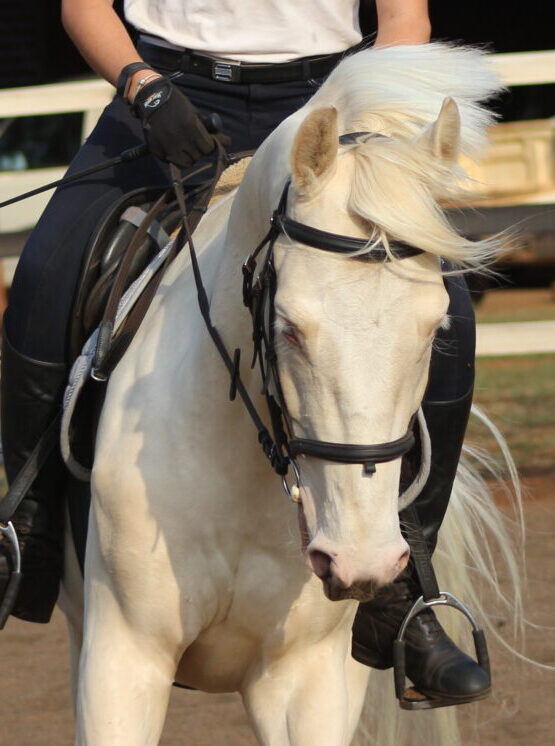
The anatomy and biomechanics behind self carriage
Self carriage involves your horse’s ability to carry his own weight in a balanced and comfortable manner. This requires him to engage his core muscles and maintain a level of tension and engagement through his back and hindquarters.
From an anatomical perspective, self carriage requires your horse to engage its transverse abdominal muscle, which runs across his abdominal area and provides stability to your horse’s spine. Additionally, self carriage requires your horse to engage his hindquarters muscles, such as the gluteal muscles and the hamstrings, which provide propulsion and power to your horse’s movements.
From a biomechanical perspective, self carriage involves your horse being able to maintain a level of flexion in his poll and neck, while also maintaining a level of engagement through his hindquarters. This requires your horse to be able to shift his weight backwards, towards his hindquarters, which helps him to maintain a balanced and elevated position. Additionally, self carriage requires your horse to be able to maintain a level of engagement and tension through his back, which allows him to respond more effectively to your aids.
Understanding the anatomy and biomechanics behind self carriage can help your as his rider and trainers to achieve this important goal in horse training, as it involves your horse engaging his core muscles, maintaining a level of flexion and engagement, and shifting his weight backwards towards his hindquarters.
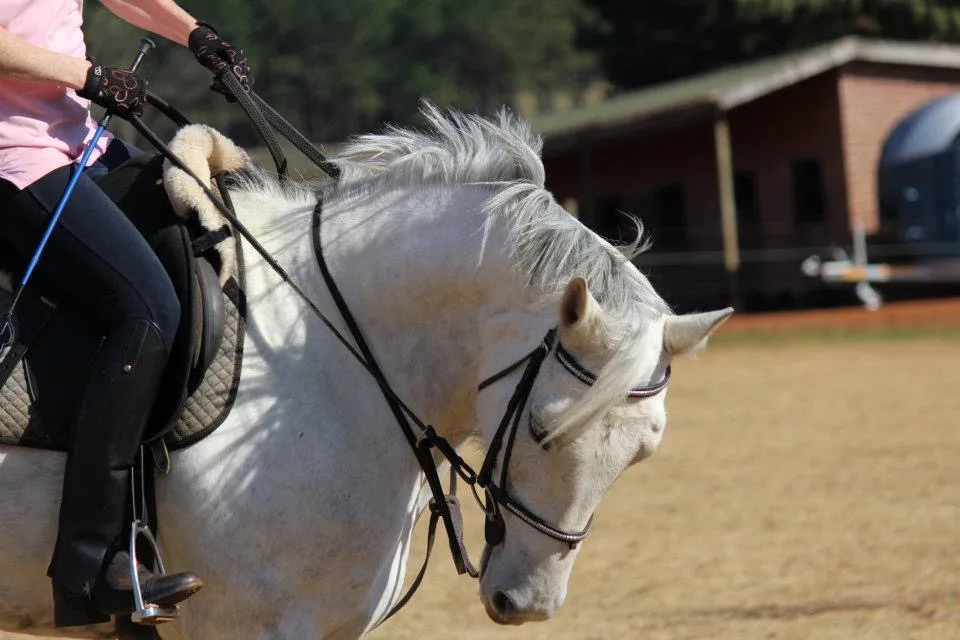
Prerequisites for your horse to attain self carriage
- Physical fitness: Your horse must be physically fit and in good health in order to achieve self carriage. This involves building up his core muscles and hindquarters, as well as ensuring that he is not carrying any excess weight.
- Proper conformation: Your horse’s conformation can play a role in his ability to achieve self carriage. Horses with a balanced and harmonious conformation, with a well-muscled hindquarters and a strong topline, are more likely to be able to achieve self carriage.
- Basic training and education: Your horse must have a solid foundation of basic training and education in order to achieve self carriage. This includes being able to respond to your aids and perform basic movements, such as walk, trot, and canter, with balance and stability.
- Understanding of the rider’s aids: Your horse must have an understanding of your aids and be able to respond to them in a consistent and predictable manner. This includes being able to respond to your legs, seat, and hands.
- Positive training approach: A positive and rewarding training approach is essential for helping your horse to achieve self carriage. This involves using reinforcement and rewards to encourage your horse to engage his core muscles and maintain a level of balance and engagement.
The prerequisites for self carriage include physical fitness, proper conformation, basic training and education, an understanding of your aids, and a positive training approach. These factors must be in place in order for your horse to be able to achieve self carriage
Steps that riders and trainers should follow
- Introduce the concept of your horse “carrying” his own weight: Once your horse’s core muscles and hindquarters have been developed, you can begin to introduce the concept of “carrying” his horse’s own weight. This can be done through exercises such as transitions, lateral work, and other movements that require your horse to maintain his own balance and engagement.
- Use reinforcement and rewards: A positive and rewarding training approach is important for teaching self carriage. Use reinforcement and rewards, such as treats, praise, and positive reinforcement, to encourage your horse to engage his core muscles and maintain a level of balance and engagement.
- Gradually increase the difficulty of the exercises: As your horse becomes more comfortable with self carriage, you can gradually increase the difficulty of the exercises and challenges. This may involve working on more advanced movements, such as collection and extension, or riding in more challenging terrain or environments.
- Continuously assess and adjust the training plan: Finally, it’s important to continuously assess your horse’s progress and adjust your training plan as needed. This may involve adjusting the difficulty of the exercises, introducing new challenges, or addressing any issues or setbacks that may arise.
The steps to teach self carriage involve starting with basic training and education, focusing on developing your horse’s core muscles, introducing the concept of him “carrying” himself, using reinforcement and rewards, gradually increasing the difficulty of the exercises, and continuously assessing and adjusting the training plan.
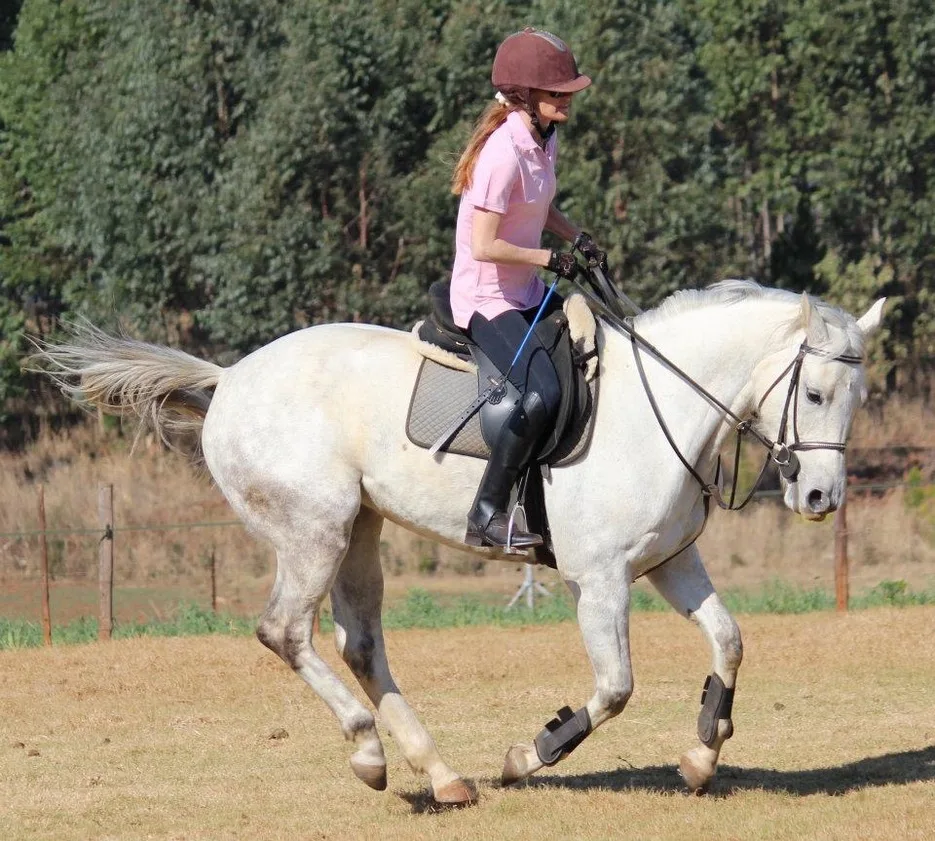
Establishing the basics of a good balanced seat
- Good posture and balance: Good posture and balance are essential for you to effectively communicate with your horse and maintain control. This involves sitting tall and straight in the saddle, with your weight evenly distributed over both seat bones, and the shoulders, hips, and ankles aligned. A rider with good posture and balance will be able to move with your horse’s movements and maintain a stable position, even in challenging conditions.
- Proper use of the seat and legs: Your seat and legs play a key role in communicating with your horse and directing his movements. You should focus on using your seat to maintain a balanced position and to encourage your horse to move forward. Your legs should be used to support and guide your horse, and to maintain his balance and engagement.
- Soft and effective use of the reins: Your reins are another important tool for communicating with your horse and directing his movements. Focus on using soft and effective aids, rather than pulling or yanking on the reins. This involves using a light and consistent contact, and responding to your horse’s movements in a way that encourages self carriage and balance.
Establishing the basics of a good rider involves good posture and balance, proper use of your seat and legs, and soft and effective use of the reins. By developing these skills, you can create a strong foundation for your horse to achieve self carriage.
Build your horses strength and flexibility
- Warm-up exercises: Warm-up exercises are an important part of preparing your horse for more strenuous work. They help to get your horse’s muscles warmed up and ready for exercise, reduce the risk of injury, and improve his performance. Warm-up exercises might include a light jog or walk, followed by a series of circles and serpentines at the walk and trot, and other movements designed to get your horse moving freely and with good balance.
- Strengthening exercises: Strengthening exercises are designed to build up your horse’s core muscles, hindquarters, and overall strength. These exercises might include lunging, work in hand, and riding exercises that focus on developing your horse’s balance and engagement, such as transitions, lateral work, and other movements that require him to maintain his own balance and engagement.
- Stretching exercises: Stretching exercises are important for maintaining your horse’s flexibility, improving its range of motion, and reducing the risk of injury. Stretching exercises might include specific stretches for his legs, neck, and back, as well as other movements that encourage him to stretch and extend his limbs.
Building your horse’s strength and flexibility involves a combination of warm-up exercises, strengthening exercises, and stretching exercises. These exercises help to develop your horse’s core muscles, hindquarters, and overall strength, and improve his balance, flexibility, and range of motion. By building up your horse’s physical attributes, you can create a solid foundation for your horse to achieve self carriage.
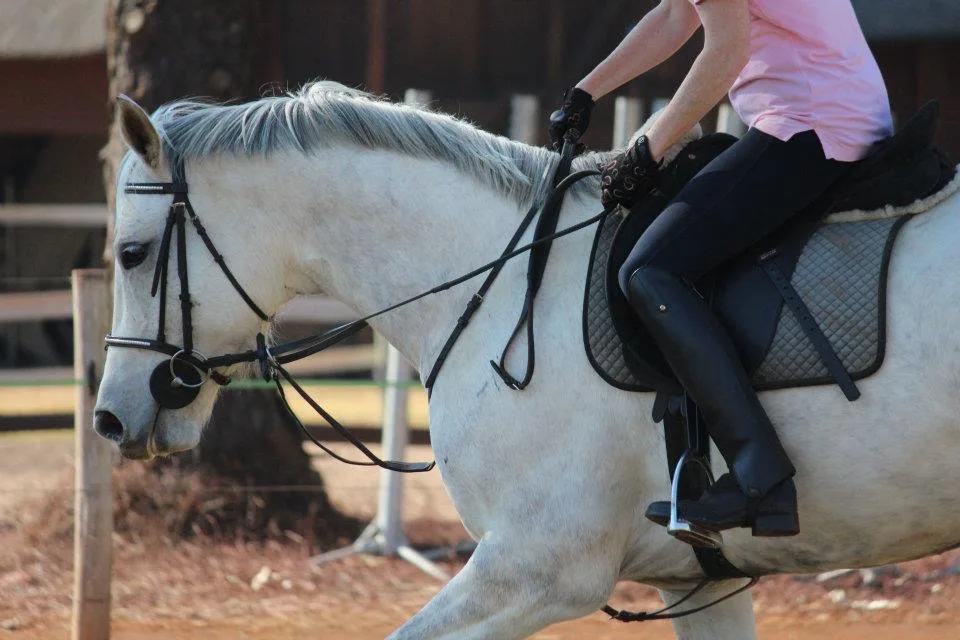
exercises that encourage self carriage
- Long and low work: Long and low work is a type of riding exercise that encourages your horse to stretch and extend its spine, promoting flexibility and balance. This might involve asking your horse to work in a long and low frame, such as in a stretching circle or over poles, or working on a long rein in walk or trot.
- Collection and extension exercises: Collection and extension exercises are designed to encourage your horse to balance and engage his hindquarters, promoting self carriage. These exercises might include transitions between collected and extended gaits, as well as lateral movements such as half-passes and shoulder-in, which require your horse to balance and engage its hindquarters.
- Transitions and lateral work: Transitions and lateral work are riding exercises that will encourage your horse to maintain his own balance and engagement. Transitions involve moving from one gait to another, such as from a trot to a walk, and require your horse to maintain his balance and engagement as he changes speed and direction. Lateral work involves asking the horse to move sideways, such as in a half-pass, and requires the horse to balance and engage its hindquarters in order to maintain its own stability.
Encouraging self carriage through riding exercises involves a combination of long and low work, collection and extension exercises, and transitions and lateral work. These exercises help to develop your horse’s balance, engagement, and self carriage, allowing him to carry himself with grace and ease. By encouraging self carriage through riding exercises, you can help your horse to achieve his full potential and become a more confident and capable equine athlete.
Fine tuning and maintaining self carriage
- Consistent and regular training: Consistent and regular training is key to maintaining your horse’s self carriage. Continue to work on riding exercises that encourage self carriage, as well as incorporating self carriage into everyday riding, such as during trail rides or other leisure activities. Regular training helps to maintain your horse’s physical fitness, balance, and engagement, and prevents any regression in self carriage.
- Regular assessment of progress: Regular assessment of progress is important to ensure that your horse is continuing to make progress towards self carriage. This might involve observing your horse during training and riding, as well as using objective measures, such as video analysis or performance data, to assess your horse’s performance and identify areas for improvement. Regular assessment allows you to identify any issues or setbacks, and make any necessary adjustments to your horse’s training program.
- Adjusting riding technique as needed: Adjusting your riding technique as needed is an important part of fine-tuning and maintaining your horse’s self-carriage. This might involve making changes to your posture, seat, or use of aids, to better support your horse’s self-carriage. For example, you might need to work on your own balance and position in the saddle, or make changes to the way you use your reins or legs, in order to better support the horse’s self-carriage.
Fine-tuning and maintaining self carriage involves consistent and regular training, regular assessment of progress, and adjusting riding technique as needed. These steps help to ensure that your horse continues to make progress towards self carriage, and that any issues or setbacks are identified and addressed in a timely manner. By fine-tuning and maintaining self carriage, you can help your horse to maintain his balance, engagement, and self carriage, and achieve his full potential as a confident and capable equine athlete.
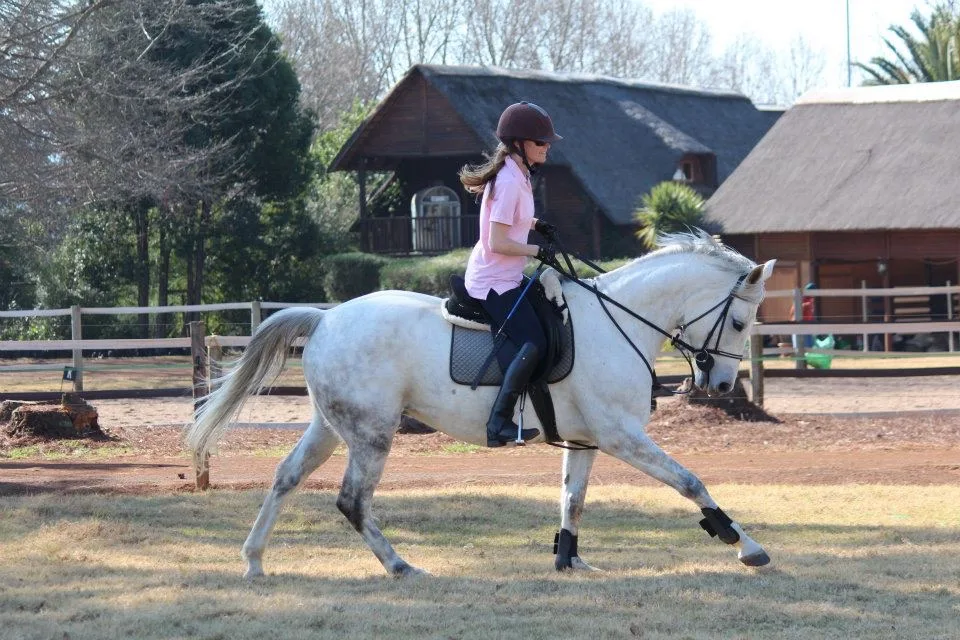
Challenges to overcome
- Resistance from the horse: Some horses may resist the training process, either because they are uncomfortable with the exercises, or because they do not understand what is being asked of them. To overcome resistance from your horse, you should start with simple exercises, and gradually progress to more challenging exercises as your horse becomes more confident and comfortable. It’s also important to be patient, and to use positive reinforcement, such as treats or praise, to encourage your horse. If your horse becomes frustrated or overwhelmed take a break and allow him to relax and regroup before continuing the training session.
- Inconsistent self carriage: Some horses may display inconsistent self carriage, either due to a lack of understanding of the exercises, or because they are not physically fit enough to maintain self carriage consistently. To overcome inconsistent self carriage, focus on building the horse’s strength and flexibility, and incorporating regular self carriage exercises into the horse’s training program. Be patient and consistent in your training, and use positive reinforcement to encourage your horse to maintain self carriage even when he is challenged.
- Poor riding: Not having a balanced, stable riding seat can negatively impact your horse’s ability to carry himself, and will make it more difficult for your horse to understand what is being asked of him. To overcome a poor riding seat, focus on improving their own posture, balance, and use of aids. This might involve working with an instructor, or using video analysis or other feedback tools to identify areas for improvement. Be mindful of your own physical limitations, and seek medical or physical therapy support as needed to address any underlying issues that may be impacting your riding seat.
To overcome these challenges, work on building your horse’s physical fitness, strength, and flexibility, and incorporating regular self carriage exercises into the horse’s training program. As a rider work on improving your seat and use of aids. Be patient and consistent in your training. If necessary, seek the support of an instructor or other qualified professional to help them address specific challenges and achieve their training goals.
While teaching self carriage can come with its own set of challenges, these obstacles can be overcome with the right approach and solutions. By focusing on building your horse’s physical fitness, strength, and flexibility, and improving your seat and use of aids, you can help your horse achieve self carriage and reach its full potential as a confident and capable equine athlete.
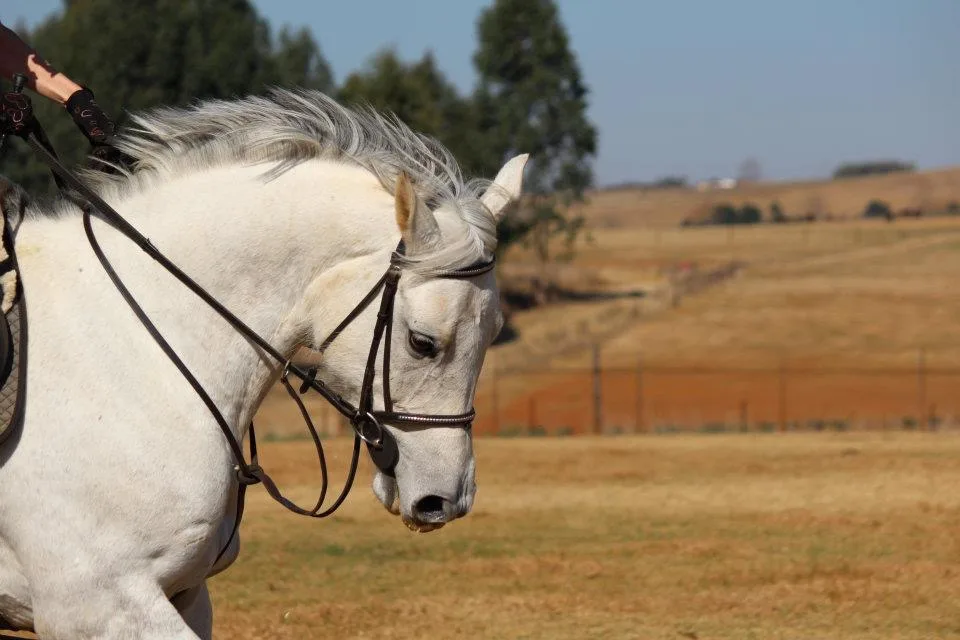
in Conclusion
In this article, we have discussed the definition of self carriage and why it is important in horse training. We also covered the anatomy and biomechanics behind self carriage, the prerequisites for achieving self carriage, and the steps involved in teaching self carriage to your horse. These steps included establishing the basics of having a good seat, building your horse’s strength and flexibility, encouraging self carriage through riding exercises, and fine-tuning and maintaining self carriage through consistent and regular training. Finally, we discussed common challenges that riders may encounter when teaching self carriage, and offered solutions for overcoming these challenges.
The benefits of teaching self carriage to your horse are many and varied. By encouraging self carriage, you can help your horse to become a more confident, balanced, and capable equine athlete, with improved posture, flexibility, and strength. Self carriage can also make riding a more enjoyable experience, as it enables your horse to carry himself in a more comfortable and relaxed manner, and reduces the workload on your aids. Ultimately, teaching self carriage can help to improve the horse-rider partnership, as your horse becomes better able to understand and respond to your aids.
Teaching self carriage can be a challenging but rewarding process, and it requires patience, persistence, and a good understanding of the anatomy and biomechanics of the horse. With the right approach and a commitment to regular and consistent training, you can help your horses to achieve self carriage and reach his full potential as confident and capable equine athletes.
So, to all the riders out there, I encourage you to embrace the challenge of teaching self carriage, and to enjoy the journey as you help your horse to reach new heights in its training and development.
Links to learn more
equinewellnessmagazine.com Example one · 1. Ask the horse to stop from your seat only. · 2. If he does not stop, add your reins quickly and efficiently to help him .
Developing Self-Carriage Try stopping, backing three steps and then step right into a sitting trot with no walk steps. Do that two or three times, and it will help your horse get his …
Developing Your Horses Self Carriage You can do this by working on a 20m circle in a long and low frame. He must work from behind, pushing with his back end. Make sure you are not continuously …
